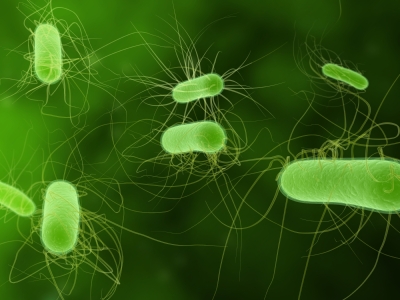If you are not a microbiologist, you may be wondering “What are bacteria?”
Bacteria are microorganisms too small to see with the naked eye that exist in virtually all environments in the world. They exist in dirt, water, caves and hot springs, organic materials like fallen trees and dead animals, and inside the bodies of virtually every living animal on earth.
For some people, the primary question about bacteria is:

For everyone else, here are several great starting points for learning more about these tiny and essential life forms:
Bacteria = Germs?
Many people, when regarding bacteria, lump them all together as “germs” and don’t think much more about bacteria than the fact that germs can cause disease.
It is true that there are a wide range of pathogenic, or disease-causing, bacteria. They come in all manner of shapes, from spiral-shaped to rod-shaped to spherical. Some pathogenic bacteria can cause a host of very serious diseases, including pneumonia, meningitis, and plague, and some scientists believe that certain types of bacteria can even contribute to the development of cancer. Many sexually transmitted diseases are caused by bacteria, and super-resistant bacterial strains are increasingly in the news.
But fortunately, not all bacteria are harmful. A number of the bacteria found in the human body have positive benefits for their host. They can help strengthen the immune system, help digest food, secrete hormones and chemicals and vitamins that benefit the health of the human body, and help regulate human metabolism. Some bacteria also fight off harmful bacteria, helping to prevent illness.
The human body has millions more bacteria in it than it has total cells comprising the entire body.
Bacteria are also used to help clean up oil spills, keep sewage systems under control, and many other applications. Without bacteria, there would be no yogurt or cheese, and great strides are being made in biotechnology by studying the structure and makeup of bacteria.
A Closer Look At Bacteria…
What are bacteria? Bacteria are inhabitants of our world, but they make up a vast world of their own, almost a parallel universe to our own, populated by far more organisms than all the living multi-celled living organisms on earth.
Here are several interesting entry points for learning about the diverse life forms known as bacteria:
Comments are closed.